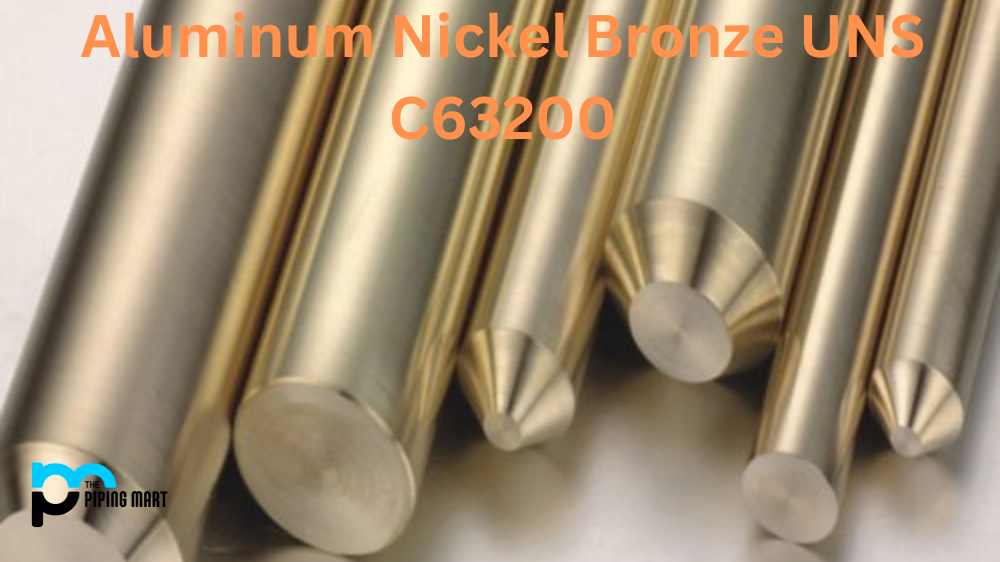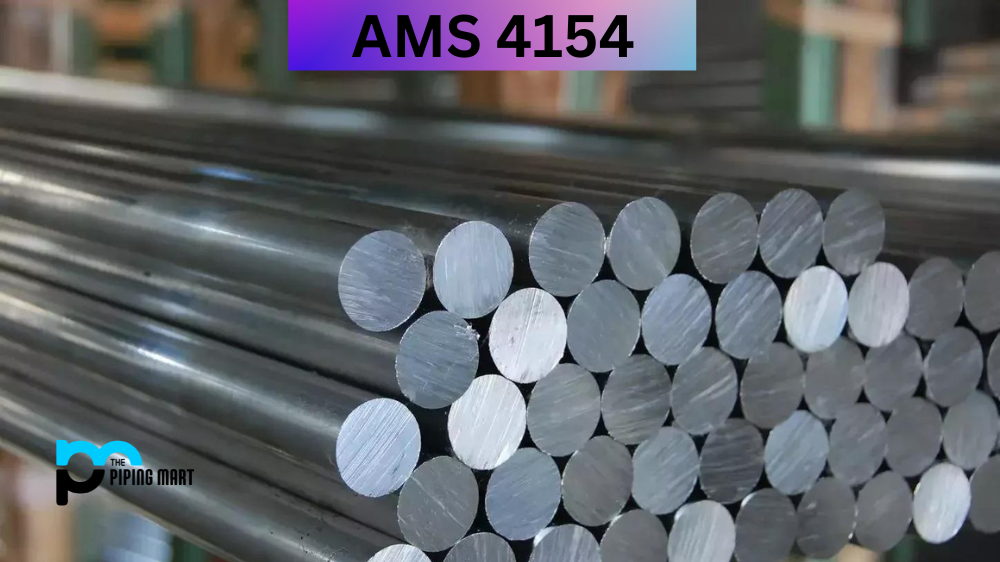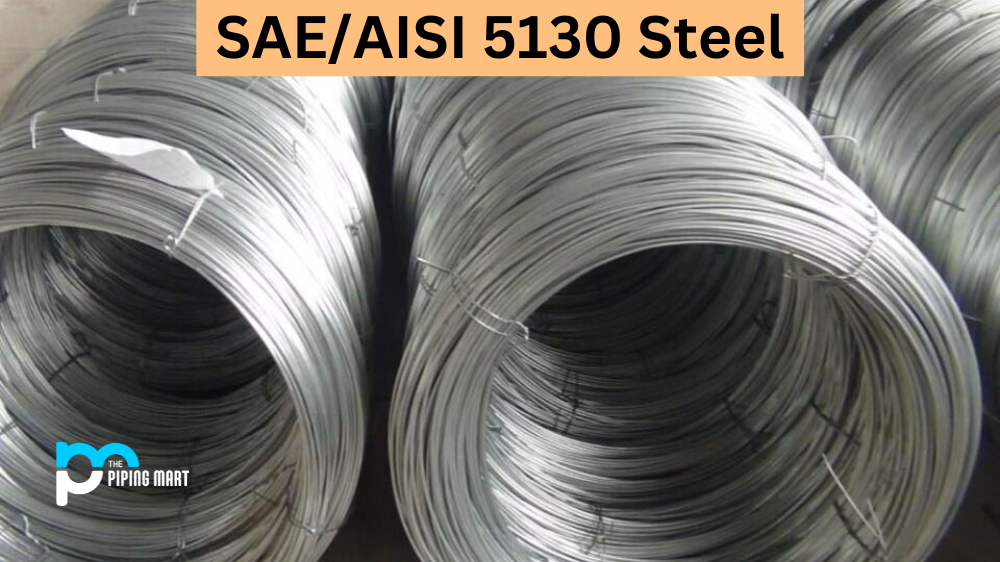This article profoundly explores Aluminum Nickel Bronze UNS C63200’s various properties, composition, heat treatment, machining, welding, and uses.
What is Aluminium Nickel Bronze UNS C63200?
Aluminum Nickel Bronze UNS C63200 is a popular bronze alloy used in various applications. Its unique alloy blend of nickel, iron, manganese, and aluminum makes it a popular choice for marine industry companies, offering superior strength, hardness, and corrosion resistance.
C63200 Composition
Aluminum Nickel Bronze UNS C63200 is primarily composed of copper (78.5%), aluminium (9.5%), nickel (4%), iron (4%), and manganese (2%). This combination of materials creates a high-strength, corrosion-resistant alloy that is ideal for use in harsh environments. The high aluminium content provides excellent resistance to erosion, especially in seawater environments. Because of its composition, Aluminum Nickel Bronze UNS C63200 can be used in temperatures up to 500°F.
| Element | Content (%) |
|---|---|
| Cu | 82 |
| Fe | 4 |
| Al | 9 |
| Ni | 5 |
C63200 Mechanical Properties
The mechanical properties of Aluminium Nickel Bronze UNS C63200 are impressive, and its strength comes from the combination of its alloy components. Its yield strength is 50,000 psi, while its ultimate strength is 90,000 psi. The alloy exhibits excellent ductility, with an elongation of 6% and a reduction in area of 15%.
| Properties | Metric | Imperial |
|---|---|---|
| Hardness, Rockwell B | 92.0-97.0 | 92.0-97.0 |
| Tensile strength, (depending on amount of cold work or heat treatment) | 640-725 MPa | 92800-105000 psi |
| Yield strength (depending on amount of cold work or heat treatment) | 330-380 MPa | 47900-55100 psi |
| Elongation at break (in 50 mm, 18% reduction in area) | 18% | 18% |
| Compressive strength | 760 MPa | 110000 psi |
| Charpy impact (V-notch) (@ -29-20°C/-20.2-68°F) | 23.0-27.0 J | 17.0-19.9 ft-lb |
| Izod Impact (@ -29-20°C/-20.2-68°F) | 13.0-16.0 J | 9.59-11.8 ft-lb |
| Machinability (based on 100 machinability for UNS C360000) | 30 | 30 |
| Shear modulus | 44 GPa | 6380 ksi |
| Poisson’s ratio | 0.34 | 0.34 |
| Elastic modulus | 117 GPa | 16969 ksi |
C63200 Physical Properties
Aluminum Nickel Bronze UNS C63200 boasts an impressive array of physical properties. It has a melting point of 2080°F, a thermal conductivity of 31.6 BTU/hr ft²/ °F, and a 0.277 lb/in³ density. It is also non-magnetic and has excellent electrical conductivity.
| Properties | Metric | Imperial |
|---|---|---|
| Density | 7.64 g/cm³ | 0.276 lb/in³ |
| Melting point | 1046°C | 1905°F |
C63200 Uses
Aluminium Nickel Bronze UNS C63200 is widely used in various industries such as marine, aerospace, and defence. It is instrumental in seawater applications, such as pumps, valves, propellers, and fasteners. It can also be used in pressure vessels, heat exchangers, and bearings. It is used in landing gear components and bushings in the aerospace industry. Aluminum Nickel Bronze UNS C63200 is used in tank tracks and other high-stress applications in the defence industry.
C63200 Corrosion Resistance
One of Aluminium Nickel Bronze UNS C63200’s outstanding properties is its corrosion resistance. The alloy’s aluminium content leads to forming a protective oxide layer, which actively resists corrosion. Additionally, nickel and manganese in the composition enhance the alloy’s overall resistance to corrosion. Aluminium Nickel Bronze UNS C63200 is also resistant to stress cracking and pitting.
C63200 Heat Treatment
Aluminum Nickel Bronze UNS C63200 can be heat-treated to improve its hardness and strength. A solution heat treatment at 1675°F and quenching in water can be applied. It can also be aged at 800°F for a few hours to maximize power.
C63200 Machining
Aluminium Nickel Bronze UNS C63200 can be challenging to machine due to its high strength and hardness. However, with proper tools and techniques, excellent results can be achieved. Carbide inserts and high-speed steel tools are recommended for machining. Cutting fluids is also recommended to minimize heat generation during the process.
C63200 Welding
Aluminum Nickel Bronze UNS C63200 can be welded using various methods, such as gas tungsten arc welding (GTAW), gas metal arc welding (GMAW), and plasma arc welding (PAW). Before welding, the surface of the alloy must be cleaned and free of any dirt, dust, or oil. Welding should be carried out following standard welding procedures and practices.
Conclusion
Aluminium Nickel Bronze UNS C63200 is an excellent alloy for harsh environments due to its superior corrosion resistance, strength, and hardness. Its high aluminium content makes it particularly useful in the marine industry, where seawater can erode other materials. Additionally, its physical and mechanical properties make it useful in various applications. However, machining and welding can be challenging, so following proper guidelines and techniques is vital when working with this alloy. Overall, Aluminium Nickel Bronze UNS C63200 is an excellent choice for high-stress applications, where strength and corrosion resistance are essential.

A passionate metal industry expert and blogger. With over 5 years of experience in the field, Palak brings a wealth of knowledge and insight to her writing. Whether discussing the latest trends in the metal industry or sharing tips, she is dedicated to helping others succeed in the metal industry.




